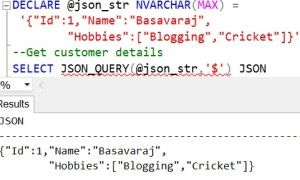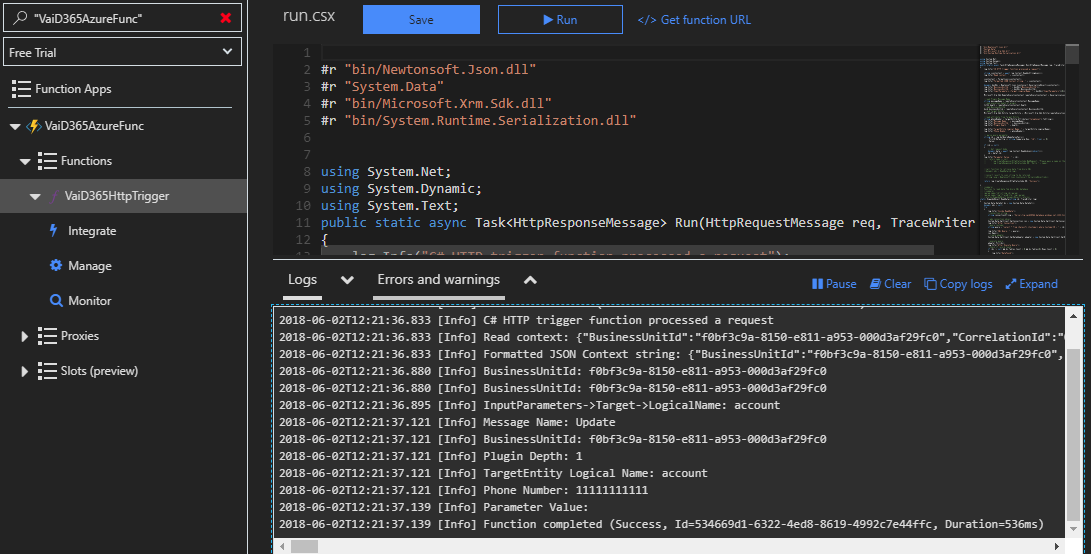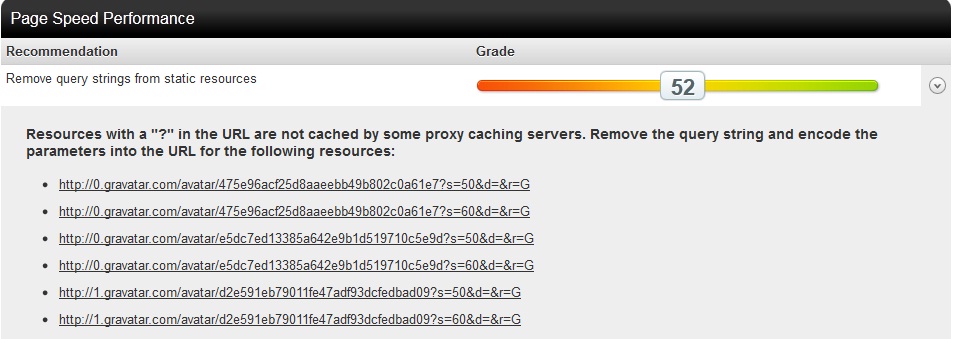

These differences are directly related to the always-forward flow required for the query. The directive is identified not with but surrounded with.The alias is identified not with :, but with (and, optionally, surrounded by for “bookmarks,” explained later on).

The alias is placed not before the field, but after the field.In GraphQL, a field is written like this: PQL, a field is written like this: it’s quite similar, but there are a few differences: How does PQL achieve this? In order to demonstrate, let’s explore the PQL syntax. WordPress experts recognize it as the most powerful caching tool. Click on the ON switch next to the Trim query strings option to activate it. WP Rocket is a premium cache plugin for WordPress. Once the plugin is activated, navigate to the Speed Booster menu and select Tweaks.
#Wp rocket json query strings install
Look for the Speed Booster Pack in the search box, then Install and Activate it. Since the problem with the GraphQL syntax arises from retreating nested fields, the solution seems evident: the flow of the query must be always-forward. On your WordPress admin page, navigate to Plugins -> Add New. I will describe the design for an alternative to the GraphQL syntax: the PQL syntax, used by GraphQL by PoP (the GraphQL server in PHP that I’ve authored) to accept URL-based queries passed via GET. As for implementation, we will add a new function rocketbypass() to the API, which will check if the query string is set, and return true if yes. PoP\ComponentModel\Schema\FieldQueryInterpreterInterface:Ĭlass: \PoP\API\Schema\FieldQueryInterpreter PoP\API\PersistedQueries\PersistedQueryManagerInterface:Ĭlass: \PoP\API\PersistedQueries\PersistedQueryManager That’s the case, for instance, with YAML: services: What’s more, when the syntax uses spacing to nest its elements, it won’t be even possible to write it in a single line.

This is because a URL param must be provided as a single-line value, so the query will either need to be encoded or reformatted, making it difficult to understand (for us humans, not for machines).įor instance, this is how a GraphQL query looks when replacing all line breaks with spaces to make it fit within a single line: I suspect, though, that all attempts to pass a GraphQL query via a URL param will be far from ideal. The GraphQL over HTTP specification will hopefully achieve this goal, providing a standardized language for all GraphQL clients, servers, and libraries to interact with each other. In order for GraphQL servers to also support HTTP caching via the single endpoint, the GraphQL query must be provided as a URL param. That’s because the persisted query will already have the GraphQL query stored in the server as such, we do not need to provide this information in our request. Designing a URL-based query syntax for GraphQLĬurrently, if we want to use HTTP caching in GraphQL, we must use a GraphQL server that supports persisted queries. Leonardo Losoviz Follow Freelance developer and writer, with an ongoing quest to integrate innovative paradigms into existing PHP frameworks, and unify all of them into a single mental model.


 0 kommentar(er)
0 kommentar(er)
